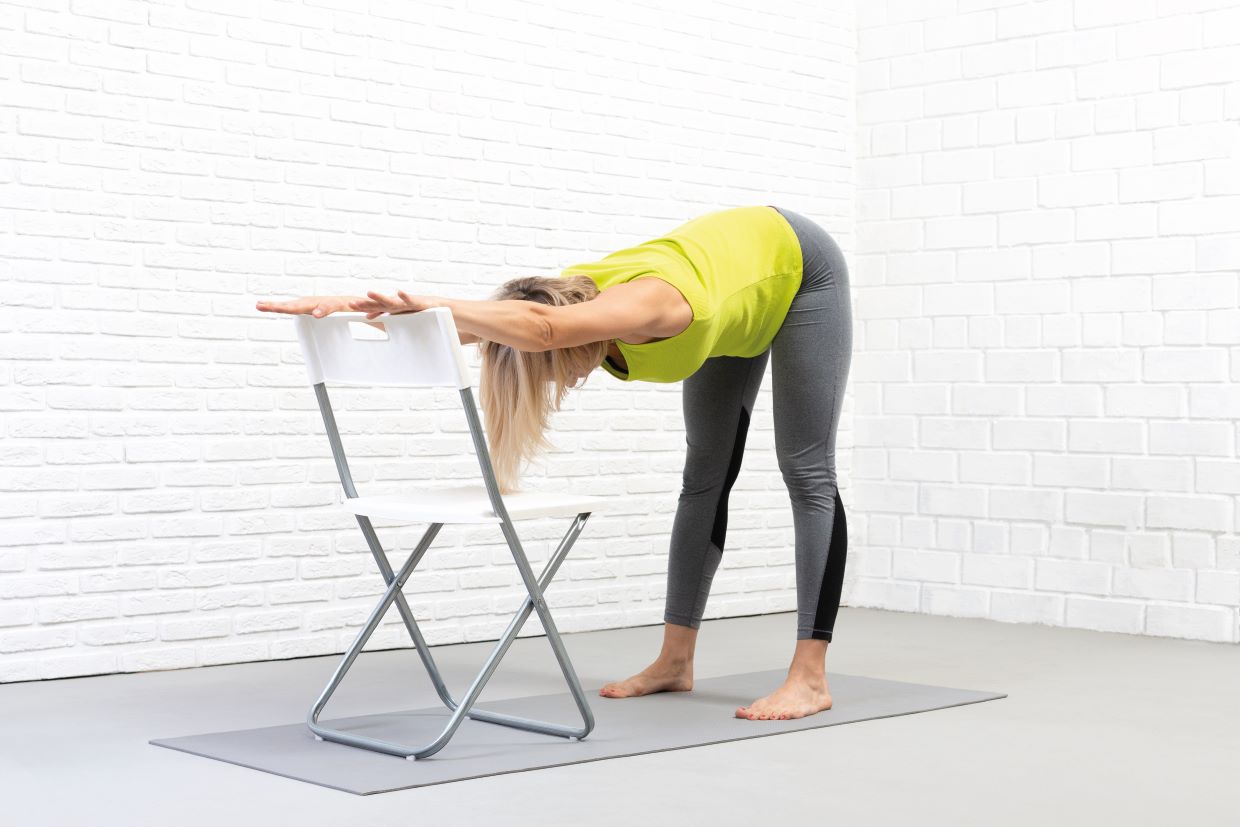Can I do yoga with injuries? Don’t let trivial injuries make you miss out on yoga. Discover the most effective modifications for safely adapting your yoga practice to common injuries, such as joint and back discomfort…
We are all aware of how beneficial a yoga session can be for the body, mind, and fortitude… But what occurs when injuries prevent you from using your mat? Yoga is a journey, a process, and it is unavoidable that there will be days when you lack the stamina or capacity to perform your usual postures.
However, yoga is about self-acceptance, which includes accepting and respecting your body as it is on any given day. In fact, if you embrace where you are in the present moment, simply stepping onto your yoga mat and being present with your daily reality will help you achieve greater equilibrium.
A damaged joint may cause overcompensation and increased tension in other muscles, or pain and discomfort may prevent you from fully exhaling, thereby affecting muscle oxygenation, elevating blood pressure and pulse rate, and leaving you feeling exhausted.
Instead of giving up yoga until you are fully recovered, you can still enjoy its benefits with the approval of your doctor and a few simple modifications. Willing to give it a shot? Adapt your yoga postures for a variety of prevalent injuries, as detailed below.
Anwer of your question Can I do yoga with injuries given below:
Yoga and joint issues
A few general guidelines should be kept in mind if you sustain an injury. First, evaluate the response of your injured joint by moving into poses slowly and carefully (no leaping between poses). Remain in postures for extended periods of time while breathing slowly and profoundly, and avoid any movements that exacerbate your symptoms. If a pose causes tingling, numbness, or pain, release it cautiously and progress on to a less challenging position. Most importantly, pay attention to your body’s feedback and modify your practice accordingly.

Navigating wrist, hand and shoulder injuries in yoga:
Spread your fingertips wide in poses such as down dog and cat/cow to distribute the weight more uniformly if you have a sprained wrist. Reduce the angle between your forearm and wrist by folding your mat in half or using a support to alleviate wrist strain. In poses where your forearm is vertical, such as plank, making fists and balancing on your knuckles may be simpler. You could also rest on your forearms as an alternative to your palms (e.g., dolphin, forearm plank, and forearm balance).
Shoulder injuries can make it difficult to extend your arms, so consider these alternatives: Triangle (rest top arm on top hip), mountain (take into a ‘V’ shape rather than directly aloft), warrior I and II (hands on hips), and downward dog (rest hands on blocks, chair, or skirting board).
Also read: How to release tight fascia and relieve pain
Navigating ankle and knee injuries in yoga:
In the early stages of an ankle injury, such as a sprain, commence with supine postures in which you rest on your back and perform ankle rotations to increase range of motion. Then, proceed to “standing poses,” which are also performed on your back. You may be surprised by how effective this can be, particularly if you truly engage the same muscles as you would for the complete pose. Try mountain pose (remembering to maintain the ankles flexed to 90 degrees), tree pose, and hand-to-foot pose (leg elevated in front and out to the side). As you recover, return to standing, perhaps supporting your injured foot on a bolster to help restore its normal strength.
Find the flexion angle that works best for you when you have a knee injury. You may find a milder bend more comfortable, such as not going to 90 degrees in warrior II, but that’s not always the case – those with runner’s knee, for instance, frequently find a deeper bend to be less problematic, as the kneecap makes greater contact with the head of the thigh bone, thereby reducing load on the joint.
Avoid knee-twisting poses (sage’s twist, lotus) and position a thin cushion or folded blanket on your mat for additional cushioning. Consider using support for balance poses such as tree, half-moon, and warrior III – rest a hand or palms on the back of a wall or chair.

Yoga modifications for back problems
In general, the following should assist with back problems; however, you should always be cautious and inform your instructor so that they can provide modifications in class. By lengthening the psoas (a hip flexor) with poses such as low lunge and extending the hamstrings (to release the pelvic) with half splits, you can alleviate strain on the lower back.
Backbends can compress your lower back, so avoid putting pressure on your lumbar region by supporting your forearms on upright supports in camel pose and practicing a ‘baby’ cobra instead of the full pose. Forward bends can also strain the lower back, so make postures like standing and seated forward folds more comfortable by keeping the knees slightly bent, not lowering entirely into the pose, or using blocks or a strap to ‘lengthen’ the arms. In addition to engaging the core before twisting postures, a vulnerable back can be protected by positioning a bolster beneath the knees in savasana.
Hope your question Can I do yoga with injuries now has been solved.




